It didn’t look like much—just a spiny blob half covered in fallen leaves, but it made my heart leap with joy and my spirit sing.
I was out for a nature walk with a friend who has a keen eye for nature, soaking in the beautiful morning lighting, the incredible shapes of the winter-bare trees, the riotously colorful lichens and the clear blue skies.

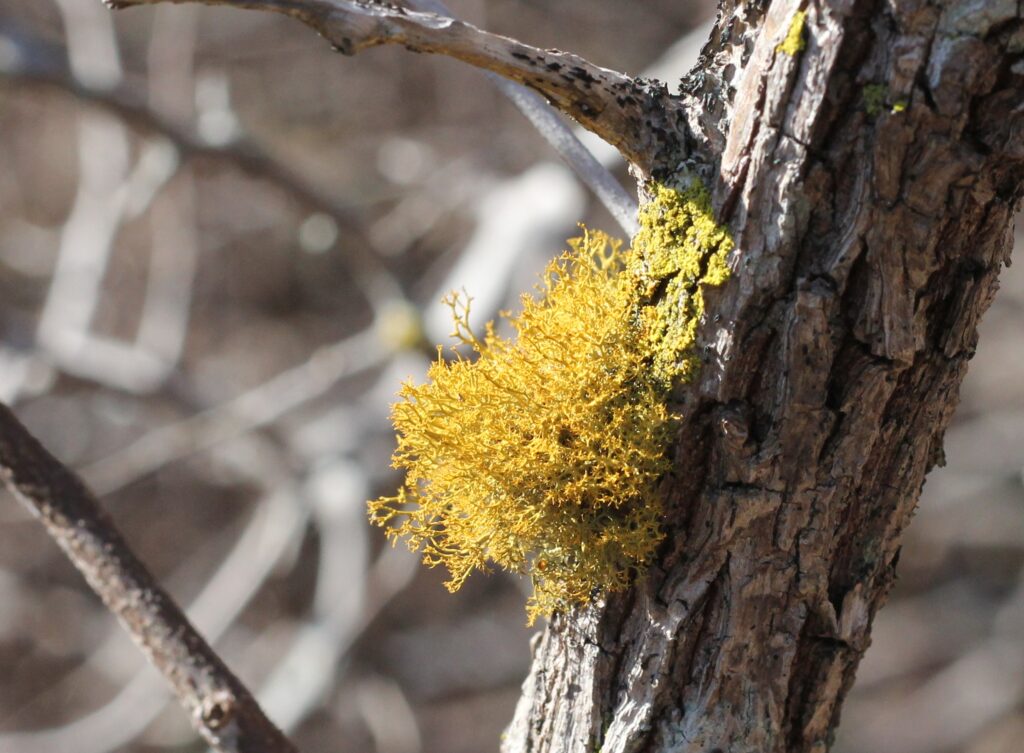
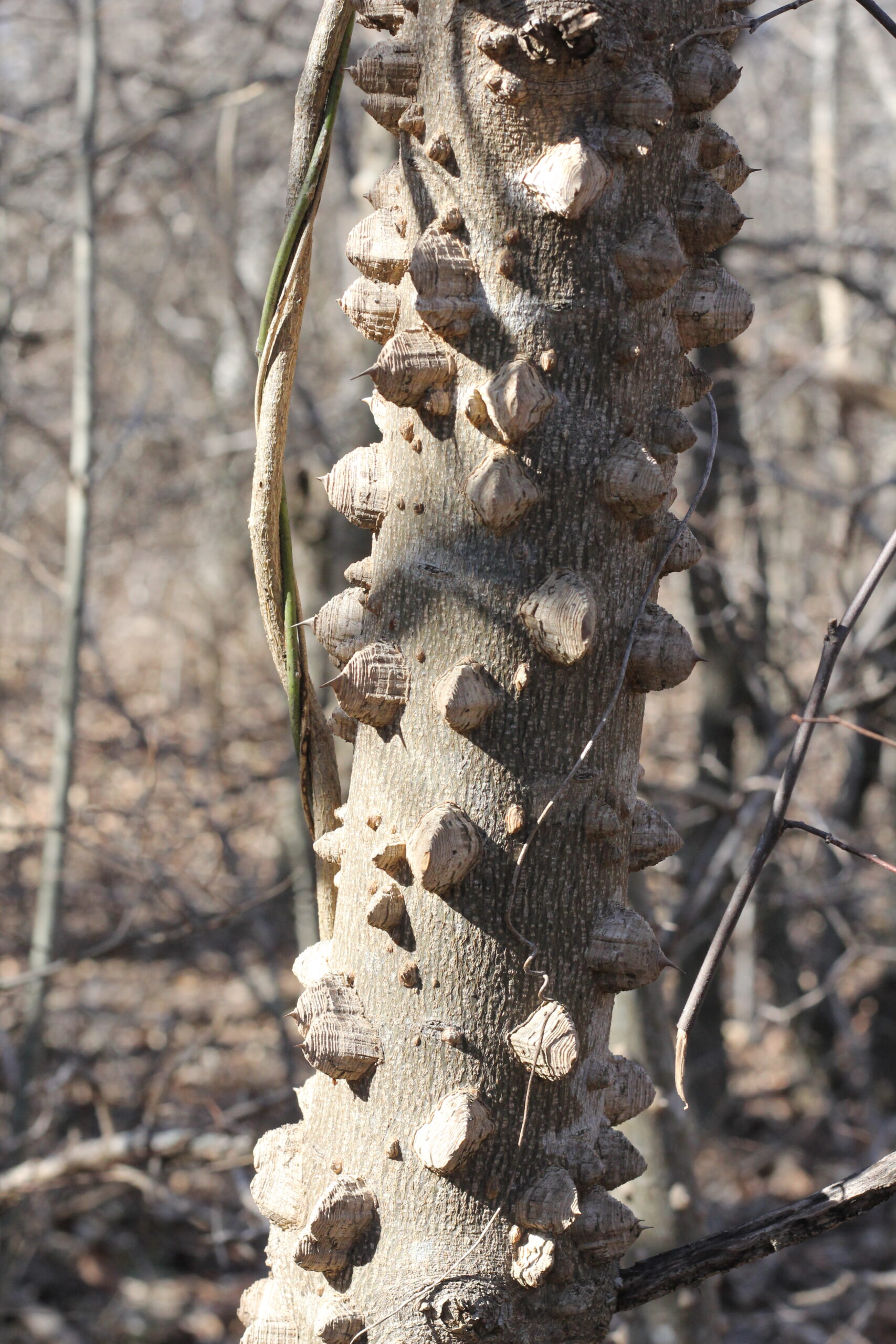


Birds presented themselves for viewing at close range like we weren’t even there, and we marveled at how a chilly morning had turned into a perfect day for a botanical adventure. We stepped carefully off the trail to investigate what looked like a patch of chalk prairie remnant. The soil was thin and poor, and bits of chalk rock and fossil shells dotted the surface between clumps of cinnamon colored dormant grasses. Piles of sun bleached, empty modern snail shells also littered the small clearing where some small creature had dined. Winter rosettes of spring’s familiar plants were there, hugging the ground but greening up, preparing for their moment of glory in the spring.

And then, there it was, just waiting for me to notice it hiding under the skirts of an overhanging bush.
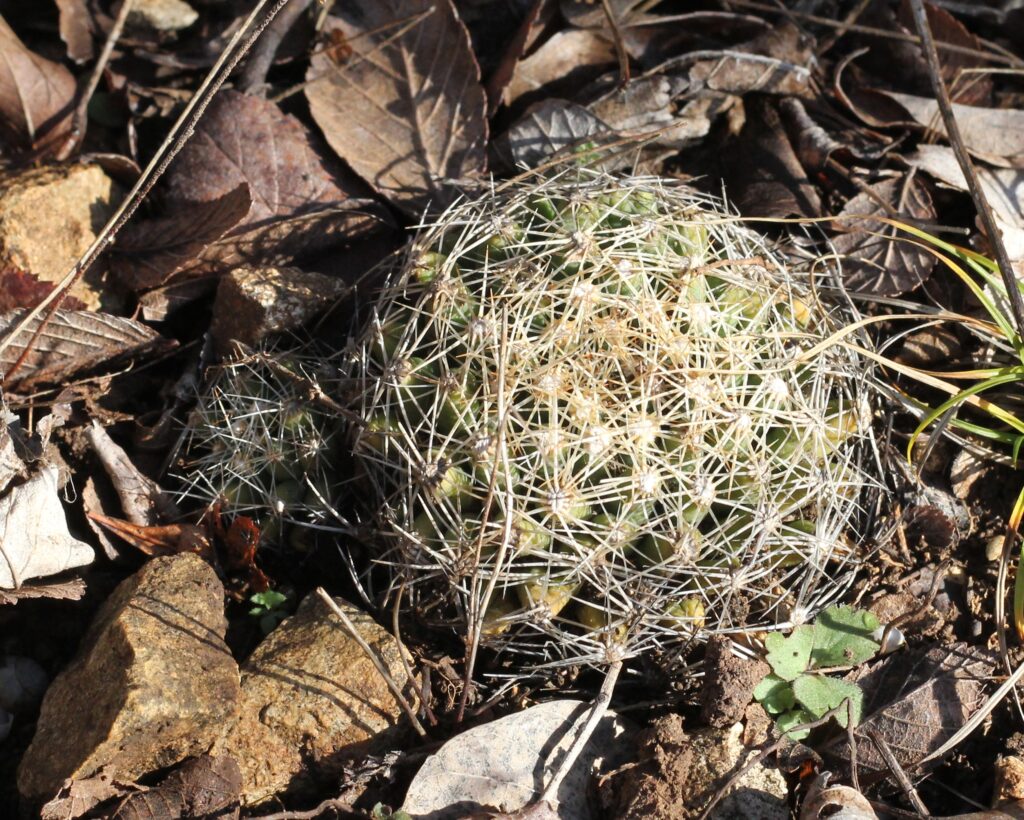
One single Pincushion Cactus with one tiny pup, and not the most glorious specimen, but I gave an involuntary yip when I saw it. Finding a gold bar would not have made me as happy (but I am willing to run that test if you have a spare one!). I had to explain to my companion what all the excitement was about and why my smile had spread from ear to ear.
Why is this one a big deal? It’s probably not to anyone but me. It’s special to me because it was special to someone else. My botanical mentor and great friend had been bitter when we visited this park together years ago. He told me he had found a single specimen of this special cactus when he was doing some botanical survey work the city had requested. He had carefully pointed out the cactus—extremely uncommon in this area—and marked its location exactly for the city, specifically imploring them to put the planned concrete trail anywhere but there. It’s a big park, and there was plenty of room to lay it somewhere else.
He was crushed when after all his earnest work and efforts for them he returned to find the single specimen bulldozed, gone and paved over. In all his subsequent visits to the park, he had never located another one. People who do plant survey work get this kind of kick in the teeth more often than you’d expect. They know it, but they do what they do anyway because sometimes someone listens and they get to make a positive difference in the world.
Finding this one small plant last week felt like a huge win for all of plantkind. I could not be more pleased to know that this insignificant looking plant is still alive in the park boundaries, not near where it was originally found, which may mean there are even more to find. I’ll go back again sometime soon and poke around some more. There are other survivors there to see and appreciate this spring—Death Camus, Wild Hyacinth, white Poppy Mallows, Trout Lilies, Larkspur, Hyacinth-scented Wild Onions, and more.
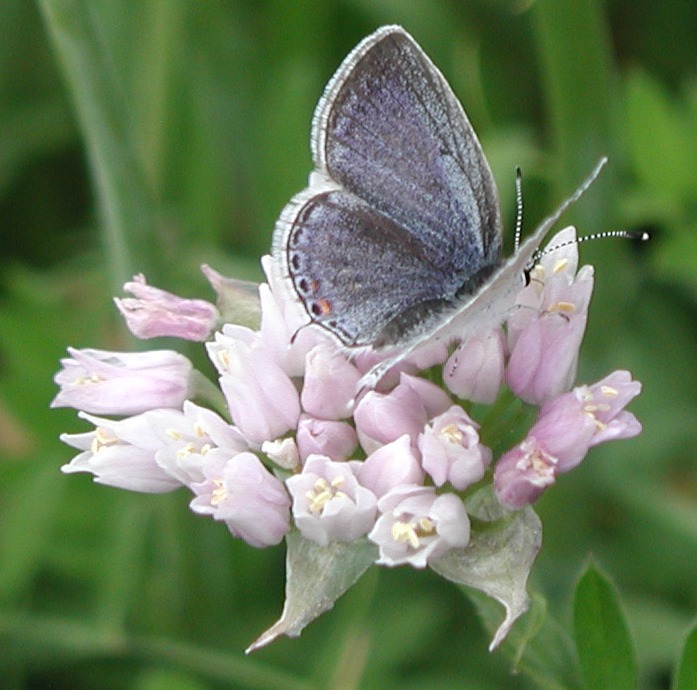
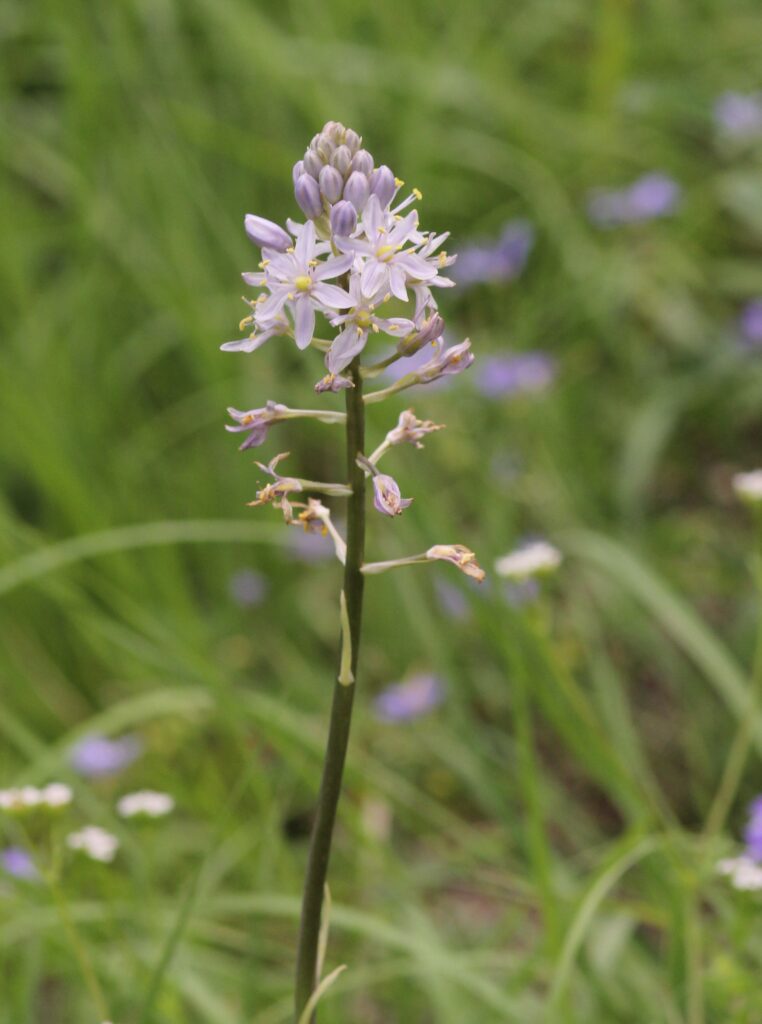
I have an urgency, perhaps heightened by the events of the last year, to make sure that someone else knows their secret locations, that someone else will be ready to speak up for the plants So, I will take others I know and trust, who can safeguard the knowledge of where to find the best things there, and I will pass forward that knowledge, as it was passed to me. Things can’t be saved if nobody knows they are there.
Meanwhile, the secretive little cactus is getting ready for the growing season, and I hope to be there when it blooms—perhaps like this one from the farm, or maybe, if I’m very lucky, with the hot pink blooms of Escobaria vivipara.
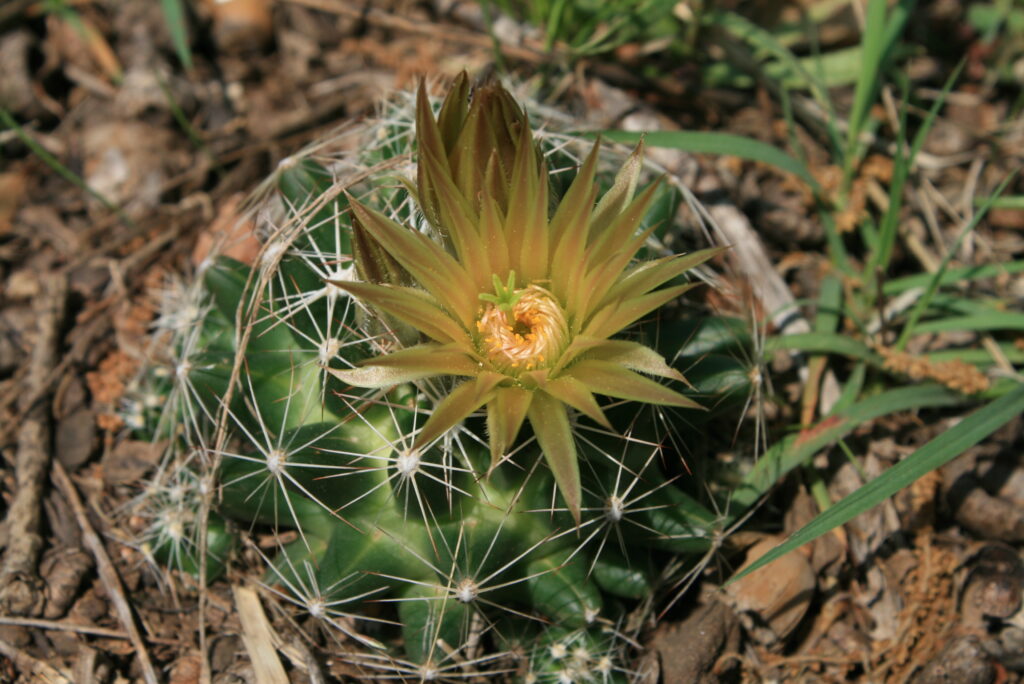
I believe we have a responsibility to be good stewards, not just users, of the incredibly rich creation around us, entrusted to our care. Learning what’s there is a small but necessary first step.